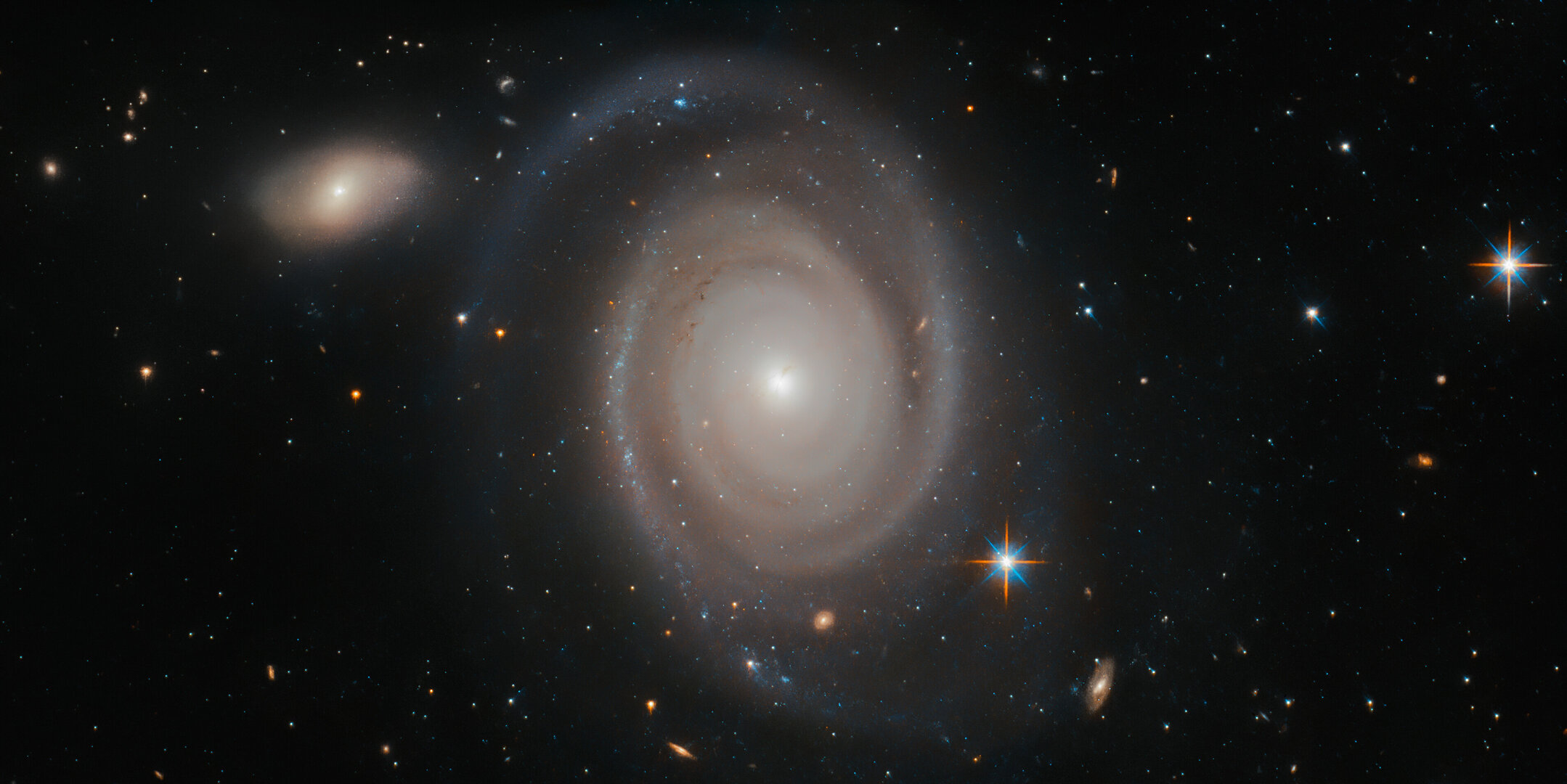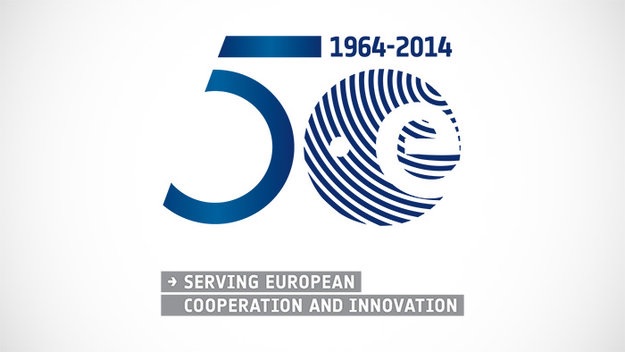01/11/2019

ESA/Hubble & NASA, A. Bellini et al.; CC BY 4.0
Galaxies may seem lonely, floating alone in the vast, inky blackness of the sparsely populated cosmos — but looks can be deceiving. The subject of this Picture of the Week, NGC 1706, is a good example of this. NGC 1706 is a spiral galaxy, about 230 million light-years away, in the constellation of Dorado (The Swordfish).
NGC 1706 is known to belong to something known as a galaxy group, which is just as the name suggests — a group of up to 50 galaxies which are gravitationally bound and hence relatively close to each other. Around half of the galaxies we know of in the Universe belong to some kind of group, making them incredibly common cosmic structures. Our home galaxy, the Milky Way, belongs to the Local Group, which also contains the Andromeda Galaxy, the Large and Small Magellanic Clouds, and the Triangulum Galaxy.
Groups are the smallest of galactic gatherings; others are clusters, which can comprise hundreds of thousands of galaxies bound loosely together by gravity, and subsequent superclusters, which bring together numerous clusters into a single entity.
See the full article here .

five-ways-keep-your-child-safe-school-shootings
Please help promote STEM in your local schools.
The European Space Agency (ESA), established in 1975, is an intergovernmental organization dedicated to the exploration of space, currently with 19 member states. Headquartered in Paris, ESA has a staff of more than 2,000. ESA’s space flight program includes human spaceflight, mainly through the participation in the International Space Station program, the launch and operations of unmanned exploration missions to other planets and the Moon, Earth observation, science, telecommunication as well as maintaining a major spaceport, the Guiana Space Centre at Kourou, French Guiana, and designing launch vehicles. ESA science missions are based at ESTEC in Noordwijk, Netherlands, Earth Observation missions at ESRIN in Frascati, Italy, ESA Mission Control (ESOC) is in Darmstadt, Germany, the European Astronaut Centre (EAC) that trains astronauts for future missions is situated in Cologne, Germany, and the European Space Astronomy Centre is located in Villanueva de la Cañada, Spain.

